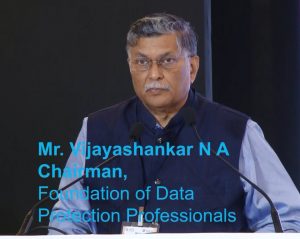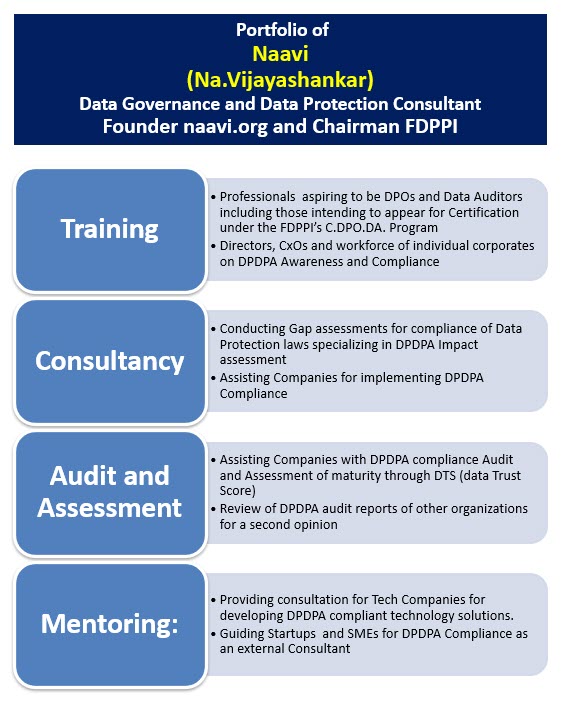The recent Bollywood judgement on Bitcoin from the Supreme Court has given a fresh lease of life to Black Money in India. This is a set back for the efforts of Mr Modi to fight corruption and could be termed as a significant victory for Digital Black Money and “Money Laundering” through legally approved means.
The impugned judgement conveniently said that RBI has the powers to regulate Virtual Currency but however the circular to ban Banks from providing banking facilities to Bitcoin traders which facilitates money laundering was not “Proportionate” exercise of its powers.
The judgement was no doubt smart since it provided legal sanction to money laundering through Bitcoins and Crypto currency and all criminals are happy. It will benefit all parties on the right side of the Bitcoin lobby who may rejoice and throw around Sathoshis if not Bitcoins during this Holi on all their benefactors. Politicians will enjoy this new mode of payments to replace “Suitcases” if they have to engineer defections or for looting Banks like Yes Bank.
The unfolding of the Yes Bank saga where paintings were allegedly used as instruments of money laundering has brought renewed attention on the Supreme Court judgement on Bitcoins and provides a good advertisement for the use of Crypto Currency for such Money laundering instead of the Paintings. Today ED is perhaps sitting on the evidence of Money laundering in the form of paintings of Rajiv Gandhi and Rahul Gandhi on which crores might have been invested by Yes Bank. This may be even accepted by Courts as evidence since they were not valued or the value could be far less than the amount declared in the transaction etc.
Had the painting been exchanged for 40 bitcoins instead of a cheque for Rs 2 crores, the ED would not have been able to seize the evidence. If the Bitcoin wallet number had been stored secretly in a London abode then the ED could not get a scent of the wealth even in their raids.
I am not here to give a lesson on how to use Bitcoin for money laundering and I have a doubt that the Indian corrupt are intelligent enough to have already found out this route. Perhaps the M F Hussain painting of Rajiv Gandhi was only an old strategy, while several more such transactions have been done later using Bitcoins.
Those who are now rejoicing on their victory in Supreme Court must understand that just as we isolate and quarantine Corona virus victims for the greater good of the society, the Bitcoin holders should be put under quarantine until our Finance Ministry wakes up to make an appropriate law to ban Crypto Currencies.
This was precisely what the RBI had done by using its regulatory powers on Banks to desist working with the Crypto exchanges. The Supreme Court has however found fault in this strategy because they did not find “Proportionality” in the decision.
Now we need to ask a question to the Supreme Court if they consider even the Corona quarantining is “Disproportionate” use of powers and should be withdrawn on Human Rights considerations.
This judgement has once again proven that given the right kind of advocates, the Courts can be persuaded to agree on some vague technical grounds on which any action even as severe as destroying the Indian economy can get judicial approval.
The final responsibility for doing good to the society is solely with a few persons left in the society like Mr Modi,who still have the power to make laws that Supreme Court should not be able to strike down because it was prepared to be convinced by a forceful argument.
The “Banning of Crypto Currencies” is one such law that needs to be expedited.
Also, a stay on the current judgement of Supreme Court should be sought in a review as otherwise more and more Yes Bank type of deals will be converted from Paintings to Bitcoins.
I urge RBI Governor to take a decision on filing the review petition immediately.
Naavi
P.S: Views expressed here are the personal views of Naavi
Also Read:
India Ban Overturned, BTC owners warned They’ll lose everything, Holder’s DIgest, Mar.2-8
Kraken Announces Plans to Expand Indian Operations As Crypto Ban Lifts

 Naavi has been a champion for Cyber Insurance for a long time in the context of Cyber Crimes. Now with the advent of Personal data Protection Act (PDPA) in India, there is a fresh interest on how the liabilities arising out of the PDPA may be covered by insurance.
Naavi has been a champion for Cyber Insurance for a long time in the context of Cyber Crimes. Now with the advent of Personal data Protection Act (PDPA) in India, there is a fresh interest on how the liabilities arising out of the PDPA may be covered by insurance.






